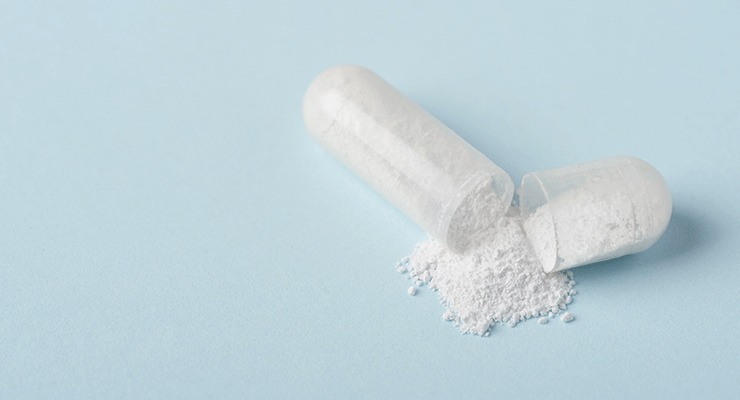Drug Product Cost of Goods Analysis for Efficient Pharmaceutical Manufacturing
Drug product cost of goods (COGS) refers to the direct expenses involved in manufacturing a pharmaceutical product. These costs include raw materials, labor, equipment, packaging, and regulatory compliance. Because scale significantly impacts unit costs, smaller production volumes or niche products typically result in higher COGS.
Understanding COGS is crucial for pharmaceutical companies to manage budgets, set prices, and improve manufacturing efficiency. Factors like geographic location also affect costs, with production in lower-cost regions often reducing expenses. New drug modalities and personalized therapies introduce complexities that make controlling COGS more challenging.
By analyzing these costs early in development, companies can identify opportunities to reduce expenses without compromising quality. This strategic approach helps balance innovation with affordability in an increasingly competitive market.
Key Components of Drug Product Cost of Goods
Drug product cost of goods is shaped by specific factors that affect production efficiency and final pricing. These include the raw materials and active ingredients, expenses linked to formulation and manufacturing, and the rigorous quality control and regulatory requirements in the pharmaceutical industry.
Raw Materials and Active Pharmaceutical Ingredients
Raw materials and active pharmaceutical ingredients (APIs) are the largest cost drivers in drug production. APIs are the components that produce the therapeutic effect, often requiring complex synthesis or extraction processes.
The price of raw materials can vary based on source, purity, availability, and market demand. Efficient procurement strategies such as competitive bidding help reduce these costs. Since raw materials often represent the single largest expense, even small cost savings here significantly impact the overall cost of goods.
Variations in API complexity also influence costs. More complex molecules or biologics typically require more expensive inputs and specialized handling, increasing expenses in early production stages.
Formulation and Manufacturing Expenses
Formulation involves combining APIs with excipients to create the final drug product in forms like tablets, injectables, or topical agents. The complexity of formulation affects labor and equipment costs directly.
Manufacturing expenses encompass raw material processing, labor, equipment depreciation, utilities, and packaging. Factors like batch size, production scale, and technology used influence these costs. Automation and process optimization are key to balancing efficiency with cost control.
Manufacturing costs also include overheads related to maintaining sterile environments, especially for biologics and advanced therapy medicinal products. These specialized settings increase operational expenses but are essential for product safety.
Quality Control and Regulatory Compliance
Quality control and regulatory compliance add significant costs but are mandatory to ensure safety and efficacy. This involves routine testing of raw materials, in-process samples, and finished products.
Compliance includes meeting standards set by agencies such as the FDA, EMA, or other local bodies. Validations, audits, and documentation require specialized labor and technology investments.
Failing to meet these standards can result in costly product recalls or regulatory sanctions. Therefore, companies invest heavily in quality assurance to mitigate risks and uphold market authorization.
Factors Impacting Drug Product Cost of Goods
Drug product cost of goods is shaped by multiple interconnected elements. These influence the raw material costs, manufacturing efficiencies, and final pricing in markets. Understanding these areas provides clarity on cost drivers and challenges in drug production.
Supply Chain Complexity
Supply chain management significantly affects drug production costs. Raw materials and active pharmaceutical ingredients (APIs) often originate from various global suppliers, leading to complex logistics and increased expenses. Delays, substitutions, or quality control issues can cause hidden costs and disruptions.
Quality and regulatory compliance adds layers of cost. Strict documentation, batch testing, and supplier audits require resources and time, contributing to overhead. Additionally, fluctuations in raw material prices directly impact manufacturing costs, necessitating contingency planning.
Efficient data capture during production is essential. Manual or delayed recording often leads to inaccurate cost tracking and cost overruns. Automation and real-time monitoring help minimize these inefficiencies.
Production Scale and Efficiency
Scale plays a critical role in cost of goods sold (COGS). Larger production volumes generally reduce unit costs due to economies of scale. For example, doubling production volume can lower unit costs by about 30%, while halving volume may increase costs by 40%.
Smaller target patient populations, typical in biopharma specialty markets, increase unit costs since fixed costs spread over fewer doses. Balancing batch sizes with demand forecasts is key for cost control.
Operational efficiency also matters. Labor, equipment utilization, and waste reduction impact overall production costs. Pharmaceutical manufacturers must optimize processes while maintaining compliance with stringent quality standards.
Market and Pricing Pressures
Market dynamics strongly influence drug product costs. Generic drugs, produced in large volume, face intense price competition, pushing manufacturers to minimize costs. Branded drugs with unique properties or patents often command higher prices but bear higher development and manufacturing expenses.
Regional manufacturing location affects costs. Production in countries like India often benefits from lower labor and material costs compared to Europe or the U.S., reducing COGS.
Pricing pressures from payers and regulators can limit profit margins. Manufacturers must balance innovation, affordability, and operational sustainability under these conditions. Additionally, treatments with annual costs between $10,000 and $25,000, such as obesity drugs, have shown significant cost growth impacts in recent years.



